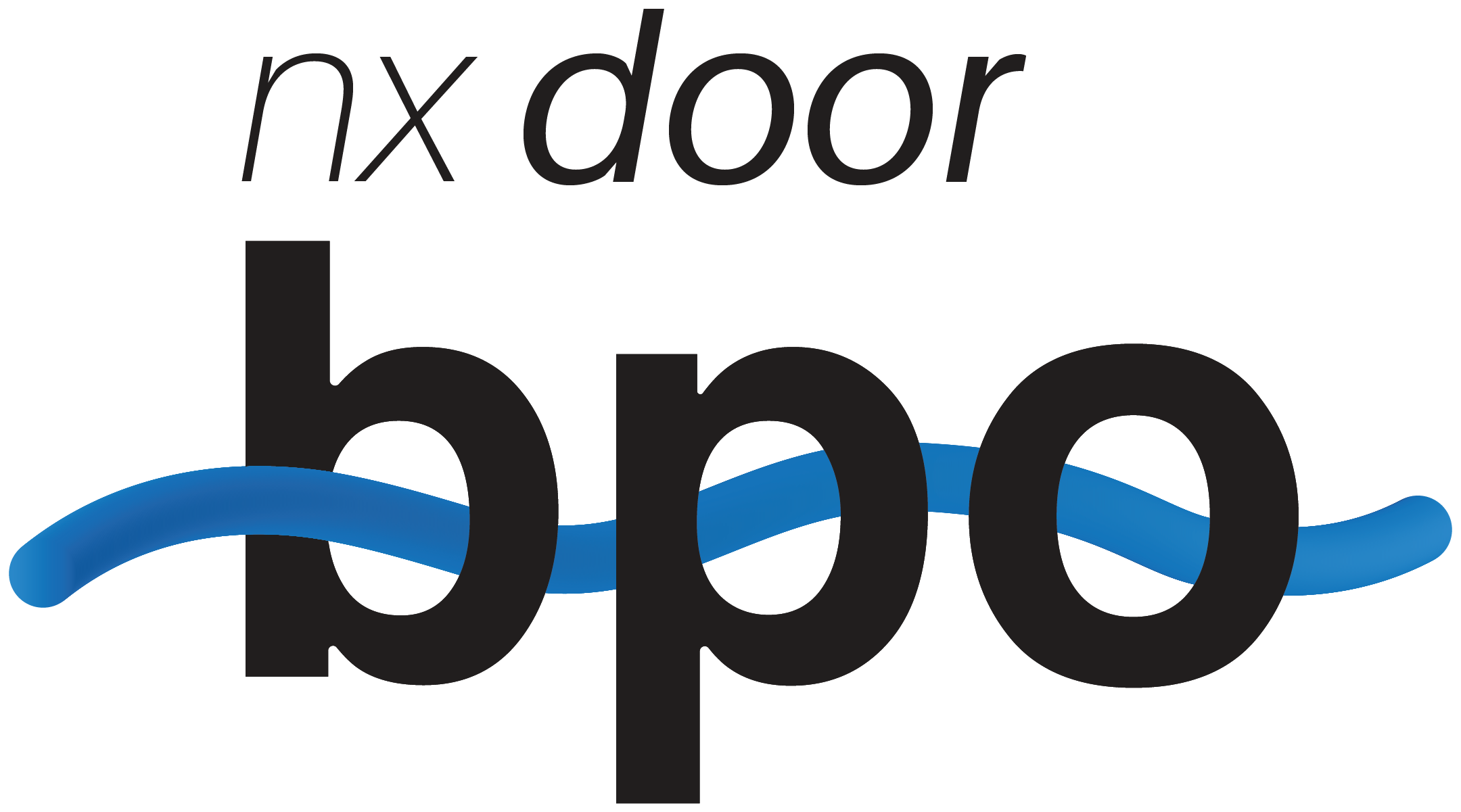As businesses across various industries embrace artificial intelligence (AI), the impact on employee psychology is becoming a significant focus. While AI can drive remarkable efficiency and innovation, it can also create stress and anxiety among workers. Many employees worry about adapting to new technologies and the potential loss of their jobs.

Sources of Stress
To effectively address stress related to AI integration, it's essential to identify its root causes. Employees may experience anxiety due to several key fears:
Job Replacement: Many workers fear losing their jobs to AI systems. A survey by PwC found that 30% of jobs could be automated by the mid-2030s, causing significant worry among the workforce.
Skill Gaps: The rapid pace of technology can leave employees feeling overwhelmed. A report from McKinsey highlighted that up to 375 million workers worldwide may need to switch occupations by 2030 due to automation, fueling frustration and feelings of inadequacy.
Lack of Knowledge: Misunderstandings about AI can lead to fear. Approximately 60% of employees do not fully understand how AI will affect their roles, causing them to see AI integration as a challenge rather than an opportunity for growth.
Identifying these stressors is the first step toward effective management and mitigation.

5 strategies to mitigate stress caused by AI integration
Open Communication Channels
Creating open lines of communication is a powerful way to reduce psychological stress. Transparent communication helps alleviate employee concerns. Leaders should ensure that employees are informed about:
The benefits of AI integration.
Job redesign efforts rather than potential eliminations.
Opportunities for upskilling and reskilling available to them.
Hosting regular town hall meetings, Q&A sessions, or informal gatherings allows employees to express their concerns and get answers directly from leadership. Such initiatives can create an environment where employees feel comfortable sharing their thoughts, significantly reducing stress and anxiety.
Providing Comprehensive Training
Training is critical during AI integration. By investing in thorough training programs, business owners can help employees develop the necessary skills. Here are specific steps to take:
Upskilling Programs: Offer targeted training on new technologies that complement existing skills. For instance, a retail company that introduced AI chat systems provided staff with training on customer interaction alongside the technology.
Empowering employees with knowledge and skills reduces resistance and boosts overall confidence.
Cultivating a Positive Workplace Culture
A supportive workplace culture plays a crucial role in managing stress during AI integration. Here are some strategies to promote a positive environment:
Recognition Programs: Celebrate achievements actively. Research shows that recognizing employees during transitions increases engagement by 20%.
Work-Life Balance Initiatives: Offer flexible working arrangements, such as remote options or adjustable hours, to help employees manage their new roles without feeling overwhelmed.
Mental Health Resources: Provide access to mental health services, including counseling and stress management workshops. A study found that organizations offering such support see lower turnover rates by 25%.
By fostering a supportive culture, organizations can help reduce stress and promote overall well-being.
Feedback and Continuous Improvement
Establishing a feedback loop allows employees to share their experiences regarding AI integration continuously. Regularly solicit feedback through surveys or informal discussions to gauge how workers are coping with changes.
Listening to this feedback shows employees that leadership cares about their well-being and is committed to making improvements. Continuous refinement based on employee insights can enhance the integration process and minimize stress factors.
Embracing Change Together No Matter AI Integration Stress
Integrating AI in the workplace can vastly improve operations, but it also presents challenges, particularly concerning employee psychological stress. Business owners play a pivotal role in alleviating this stress through open communication, thorough training, supportive cultures, and active feedback mechanisms.


Comments